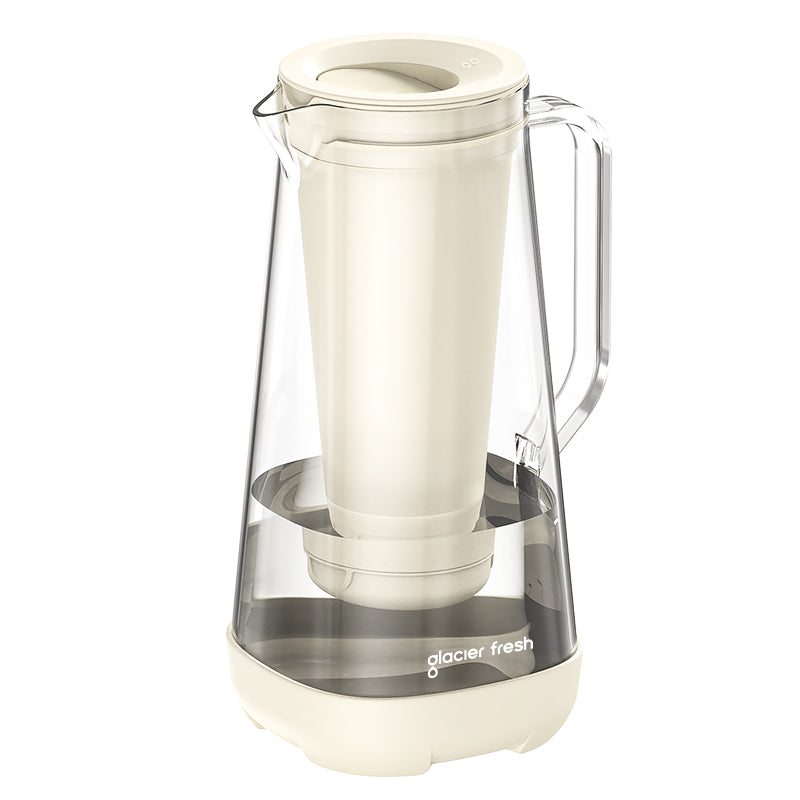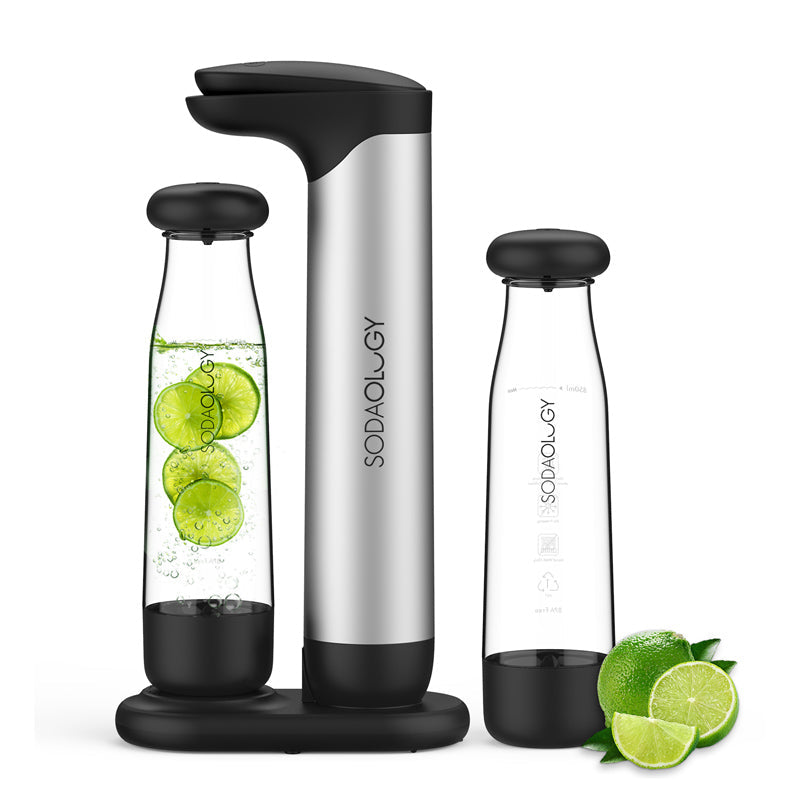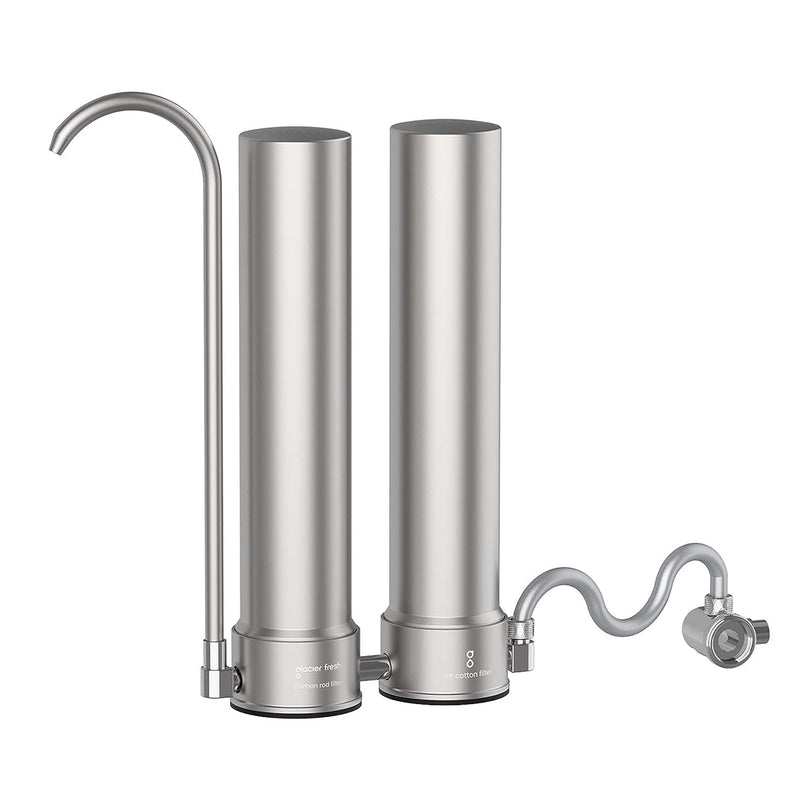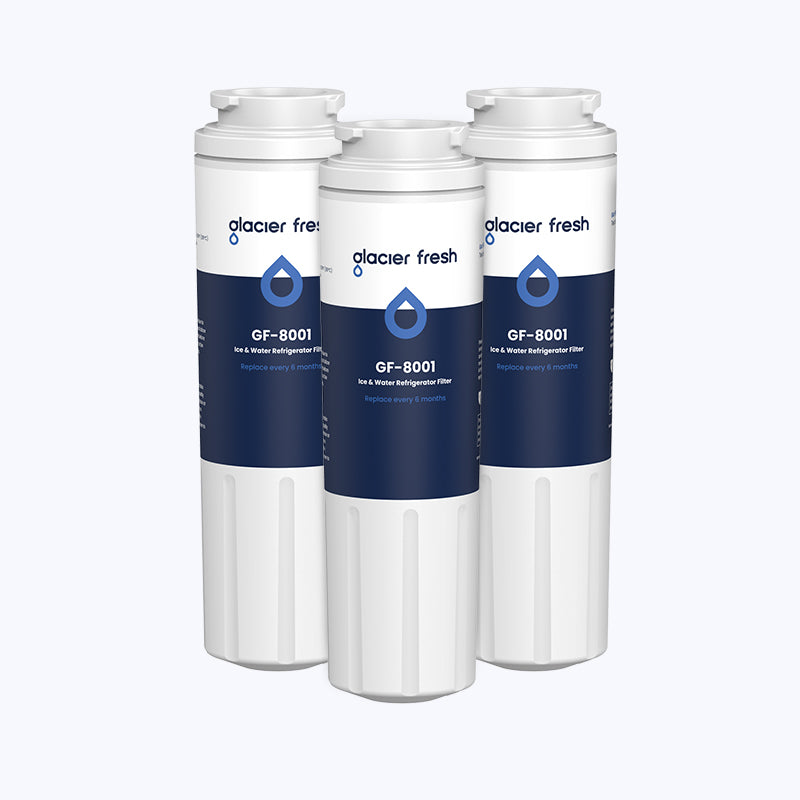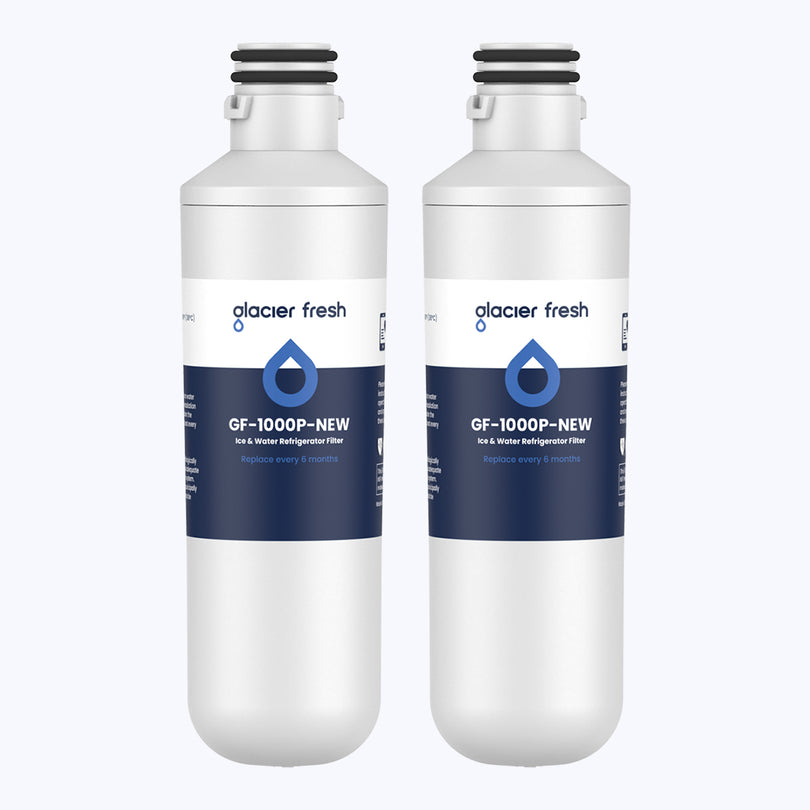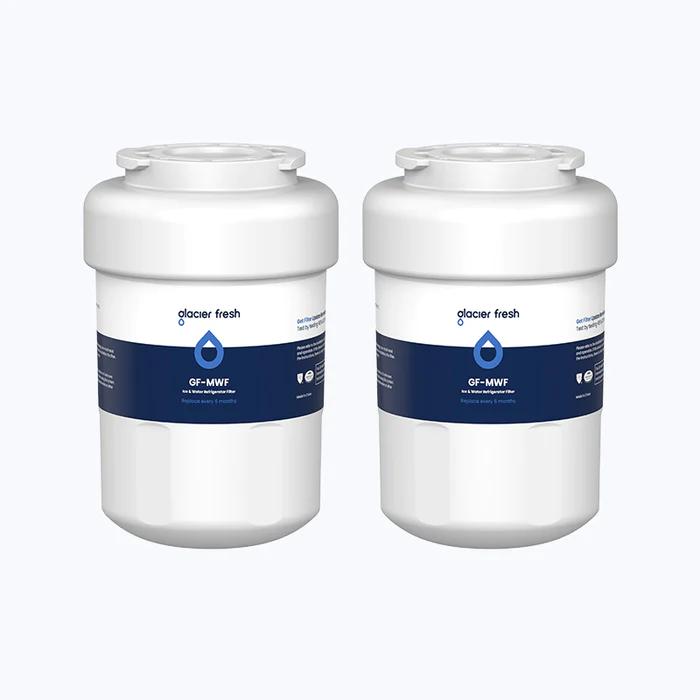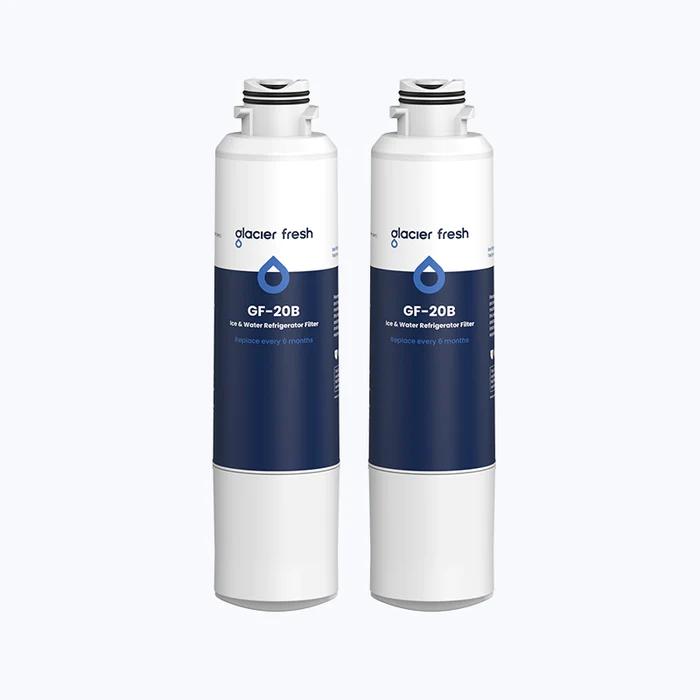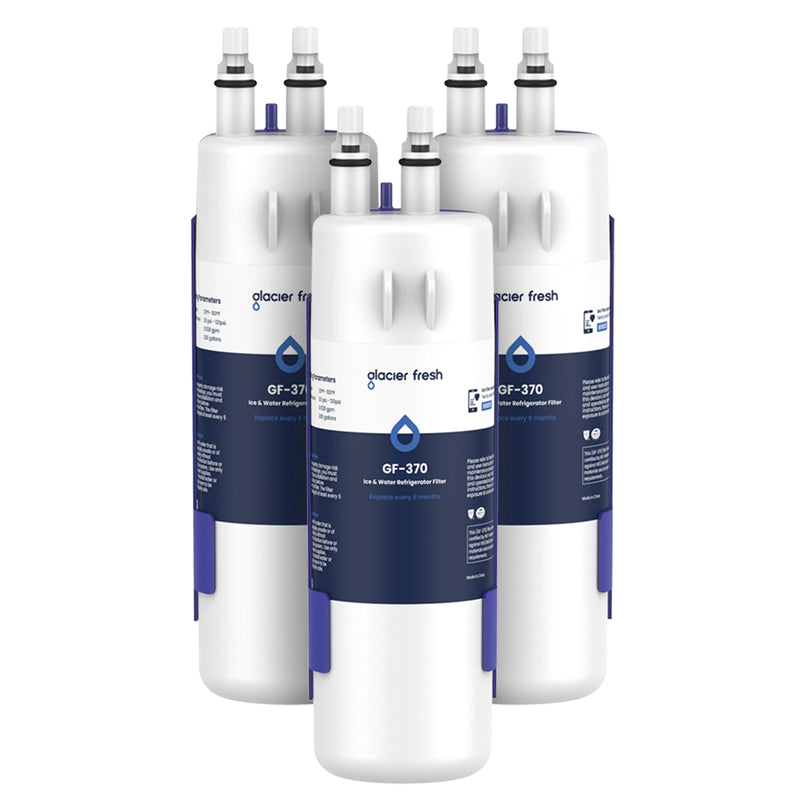Table of Contents:
Health Benefits of Drinking Purified Water
Is Tap Water Safe for Drinking?
Should I Use a Water Purifier Instead of Bottled Water?
3 Types of Water Purifiers
Bottom Line
With a water purifier, you get safe and healthy drinking water. There are microplastics, chlorine, chlorine by-products, and other contaminants in tap water. Purified water ensures these impurities and contaminants are removed from your water. The result is you get clean, “tasty”, safe, and healthy drinking water.
Health Benefits of Drinking Purified Water
Quality water purifiers filter up to 99.9% of contaminants and impurities in your tap water. The 5 health benefits you get from drinking purified water are explained below:
1. Purified Water Helps with Weight Loss
People who are trying to lose weight should go for purified water. It helps boost the body’s metabolism without side effects associated with impurities and contaminants. Furthermore, purified water helps in suppressing appetite at a healthy level.
2. Skin Health is Enhanced with Purified Water
Purified water ensures your skin isn’t dry. Dehydrated skin leads to clogged spores that may cause acne. Drinking plenty of water helps ensure your skin is smooth, glowing, and healthy.

3. Purified Water Improves Scalp and Hair Health
The high chlorine content in your water may cause hair loss and damage. To avoid this, you need to drink plenty of clean water. After all, about 25% of every hair strand is water weight. Drinking purified water improves your scalp and hair health.
4. You Get Essential Minerals from Purified Water
There are minerals required for the maintenance of optimal bodily functions. Purified water ensures you get minerals such as phosphorous, iodine, iron, zinc, magnesium, and calcium. Fortunately, most water purifiers remove chemicals and impurities without removing these essential minerals.
5. Purified Water Strengthens Your Body
Your body is made up of approximately 75% of water. You need to drink clean water to ensure you maintain the functionality of your muscles. Drinking purified water ensures that 75% of your body is kept strong and healthy.
Is Tap Water Safe for Drinking?

Not always. In the United States, Canada, and Europe, tap water is generally safe. However, some factors contribute to unsafe drinking water. Unfortunately, you can’t be immediately informed when your tap water is not safe for drinking. The 2 main factors that contribute to unsafe and unhealthy drinking water and the need for a water purifier are:
Contaminated Pipes
Water providers including municipalities aren’t equipped to tackle all drinking water issues. For example, problems related to contamination, leakage, and water pipes are the main cause of water contamination.
Unfortunately, there aren’t any warning systems in place to inform you of any problems in these areas. This means you may take a glass of water that may cause you health problems without knowing. Since pipes aren’t changed often, it’s safer and healthier to use a water purifier.

Aged Water Infrastructure
The drinking water infrastructure is aging globally. Governments and states are not able to replace them in time to guarantee safe drinking water. The result is unhealthy drinking water and people may not know about it.
Look at it this way, any drinking water infrastructure is susceptible to:
- Blocked or broken wastewater pipes contaminating local waterways
- Spilling and leakage of wastewater to consumer water supply locations
- Poor sanitation services
- Low quality of water supply
These are just examples of how your water may get contaminated. Add bureaucracy and politics to the delay in maintaining and improving these systems and you are at a high risk of drinking unhealthy water. The best solution is to get a water purifier for your home or building to ensure you get healthy drinking water.
Should I Use a Water Purifier Instead of Bottled Water?

Yes, a water purifier is better than bottled water. For starters, you are never guaranteed the quality of bottled water. Secondly, bottled water is usually purified water that has been produced commercially. Last, but not least, some plastics that are used to make the bottles leach into the water.
With such variables, bottled water is more likely to get contaminated with phthalates, BPA, and other contaminants. This means you have a higher probability of getting health complications when you use bottled water instead of purified water. So how do you go about getting a water purifier for your needs? Check out the information below as it provides insight into the types of water purifiers to suit different needs.
3 Types of Water Purifiers
There are 3 main types of water purification methods. These three determine the process, efficacy, and products available to you. Knowing them gives you a better understanding of how they work while narrowing down your options to make an informed decision.
Carbon Block
Carbon water purification works by removing contaminants from water using adsorption. Adsorption is the process where water contaminants are moved to the activated carbon’s surface. It works similar to the way magnets attract and hold metal and iron filings.

Additionally, carbon blocks in water purification act as a catalyst resulting in a change in some contaminants’ chemical composition. This method of water purification is effective in the removal of THMs like chloroform, pesticides and other similar organic chemicals, and chlorine. The method is also great for removing VOCs that are components of industrial cleaners, solvents, and gasoline.
RO (Reverse Osmosis)
It’s internationally known as the most common water purification method. It works when water is passed through a semi-permeable membrane. Harmful contaminants are left behind as water passes through the semi-permeable membrane.

The process is effective at removing contaminants. On the downside, it may also remove healthy minerals from your drinking water. To ensure you get the best from this water purification system find one with a re-mineralization technology. It ensures you re-add removed healthy minerals to your drinking water.
UV (UltraViolet)
In this case, microorganisms such as cysts, parasites, viruses, and bacteria are killed by UV light. Such microorganisms are no longer healthy because UV light pierces their cell walls to damage or kill them. In a damaged or dead state, these microorganisms are harmless to your body.

Unfortunately, this method works similarly to distillation because it doesn’t remove VOCs. This means this method doesn’t work for contaminants like metals, fluoride, and chlorine. For it to work, you need to combine it with another system.
Bottom Line
Now you know the need for a water purifier, how it works, its benefits, and the types available. This means the next step is finding one that will meet your needs and requirements. There are many options available in the market offering you the best solution. It may not be easy to find a trusted water purifier vendor?
At Glacier Fresh, we offer a wide range of water purification systems. These range from RV and faucet or tap purification to pitcher and refrigerator water filters. Check out our products for a viable water purification solution. For any inquiries we have a support team that will answer all your questions. At the end of the day, you will get an effective, sustainable, and affordable water purification solution for your needs.

